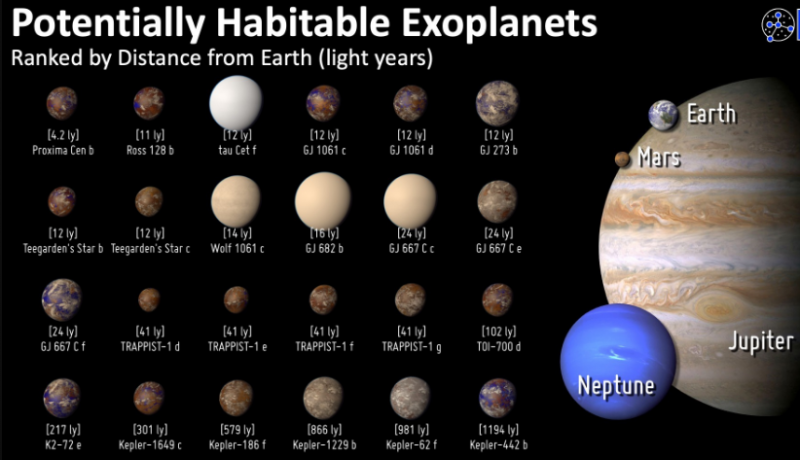
USA: Astronomers' primary focus when looking for potentially habitable planets is exoplanets. WASP-18 b, a "ultra-hot gas giant" 400 light-years from Earth that is 10 times larger than Jupiter, is one such celestial body that has drawn interest from scientists. Now that the planet has been mapped for the first time, researchers can thank NASA's James Webb Space Telescope (JWST).
Studying the atmospheres of exoplanets to determine whether life is present elsewhere in the universe is one of the main uses of JWST, which was launched in December 2021. Since its discovery in 2009, the WASP-18 b has been the subject of extensive research. Astronomers hope to learn more about the extraterrestrial world with Webb's exceptional sensitivity than ever before.
Megan Mansfield from the University of Arizona, who participated in the study, said that this is the first time a planet has been mapped with JWST. "It's really exciting to see that some of what our models predicted, such as a sharp drop in temperature away from the point on the planet directly facing the star, is actually seen in the data," she added.
Also Read: Australian military outlaws alcohol following war crimes investigation in Afghanistan
During a secondary eclipse, when the exoplanet WASP-18 b passed in front of the star it orbits, scientists plotted a temperature map of the planet. A scorching 2,700 degrees Celsius is known to be the maximum temperature on the planet. Surprisingly, the team discovered several features that suggested the presence of water in WASP-18 b's atmosphere despite these harsh conditions.
The identification of these molecules, however, is a testament to Webb's "extraordinary sensitivity to detect remaining water," according to NASA. The planet's temperature would almost "tear most water molecules apart." Additionally, Webb's data shows that the exoplanet's atmosphere contains water vapour at various altitudes.
Also Read: $8.9 billion sovereign wealth fund approved by the Philippine legislature
Similar to how the same side of the Moon faces Earth, the exoplanet's dayside is always facing its host star. There is a terminator line, where it is always twilight, that divides the day and night sides of the planet. At the boundary, the celestial body is noticeably cooler. According to the team, something is preventing the wind from "redistributing heat to the night side."
Also Read: Milosevic spymasters were recently sentenced to longer prison terms by a UN court
However, it is unclear exactly what prevents the winds from blowing to the night side. WASP-18 b's temperature map exhibits a "lack of east-west winds that is best matched by models with atmospheric drag," according to Ryan Challener, a co-author of the study. This planet's strong magnetic field could be one explanation, which would be a fascinating discovery, the scientist continued.